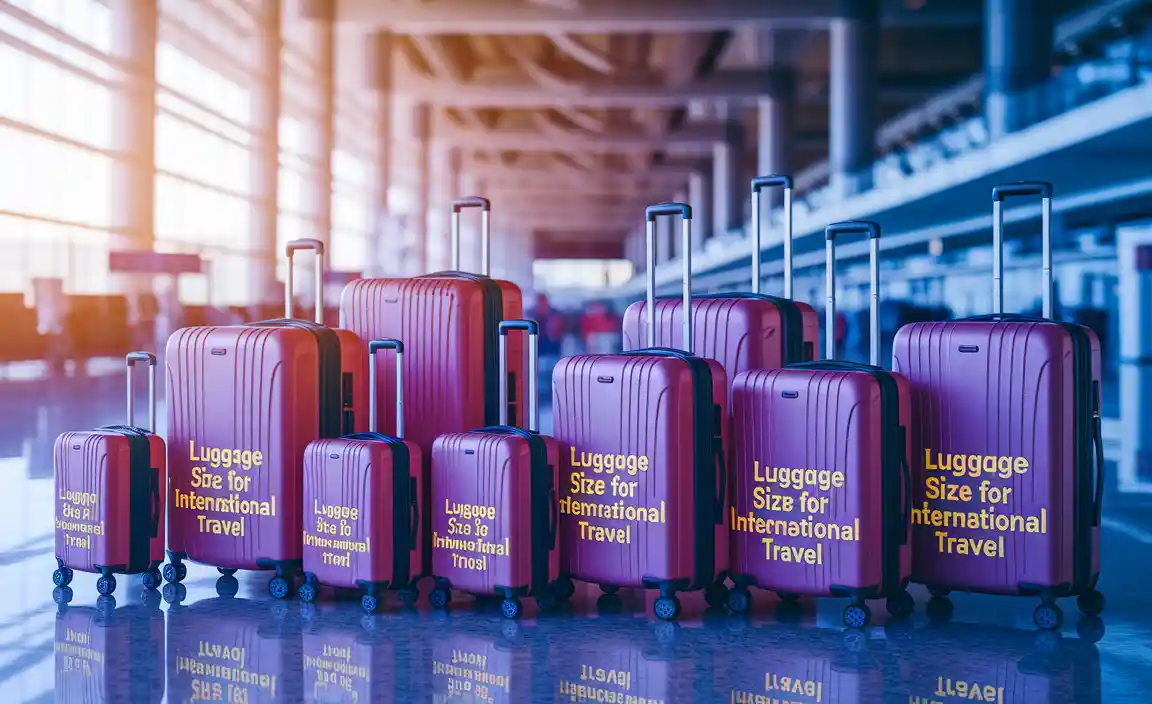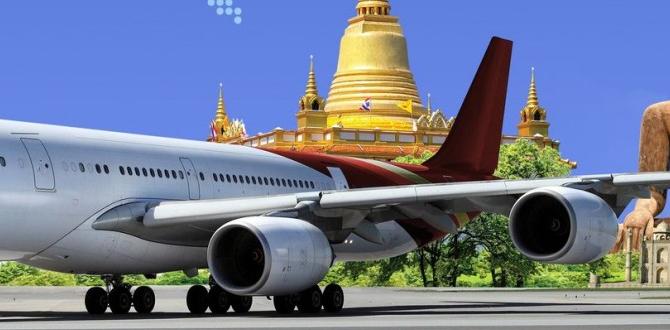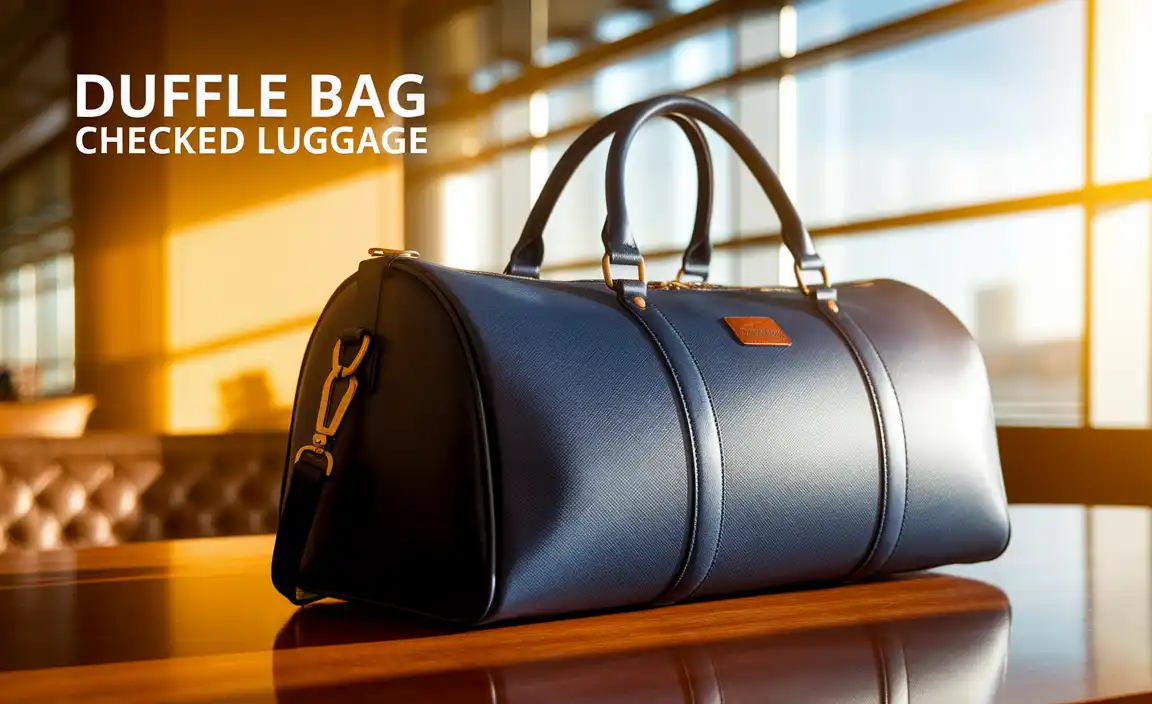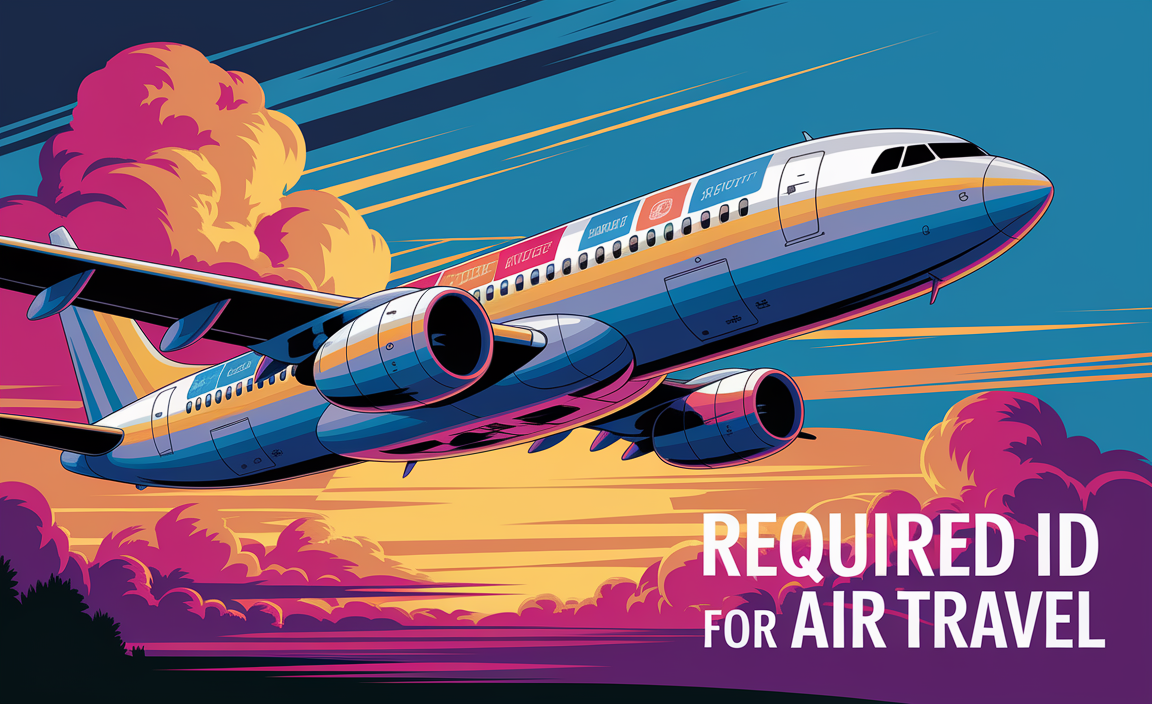Have you ever wondered why packing for international travel feels like a game of Tetris? You try to fit everything into your luggage without exceeding size limits. Airlines have different rules, and it can get confusing. So, how do you decide what’s the right luggage size for international travel?
Let’s imagine you’re packing for a trip to Paris. You’re excited, but you also worry about your bag. Is it too big? Will the airline charge extra fees? A friend once packed everything, only to find out the bag was too large!
The rules are tricky but crucial. No one wants surprises at the airport. Did you know that some airlines allow slightly bigger bags than others? Choosing the perfect luggage can save money and stress. Let’s uncover what size works best, so your adventure begins smoothly!

Understanding Luggage Size For International Travel
Choosing the right luggage size for international travel can make your trip smoother. Airlines have different rules, but most allow carry-ons up to 22 inches. Imagine fitting all your essentials in one small bag. Checked luggage usually must not exceed 62 linear inches. Does this seem large enough for your trips? Always double-check your airline’s specific requirements. Packing smart can help avoid surprises and fees on your next adventure.
Standard Luggage Dimensions: Checked and Carry-On
Typical dimensions and weight limits for checked luggage. Common restrictions for carryon bags.
Before flying internationally, knowing luggage size rules is key. Checked bags usually need to be under 62 inches total (height + width + depth) and weigh less than 50 pounds. Carry-on bags often can’t be bigger than 22 x 14 x 9 inches. Many airlines allow one carry-on and a personal item, like a backpack. Avoiding surprises at check-in is smart by measuring your bags. Don’t cram your carry-on to avoid extra fees.
How do you measure luggage for flights?
To measure your luggage: Add the height, width, and depth together. Don’t forget to measure wheels and handles. This helps make sure your bag isn’t too big for airline rules. Keep a measuring tape handy for this.
Choosing the Right Luggage Size: Factors to Consider
Duration of travel and its impact on luggage choice. Importance of destination and climate considerations.
When packing for a trip longer than a school break, luggage size is crucial. For short jaunts, a compact carry-on could be your trusty sidekick. If the trip resembles a sequel to ‘Around the World in 80 Days,‘ a larger suitcase might be your MVP. (Multipurpose Valuable Packing). But size isn’t everything! Imagine dragging a behemoth through a tiny European street.
Destination matters too! Tropical locales beg for swimsuits and sunscreen; snowy places demand layers, not ice cream cones. Climate and activities dictate what you pack: snowboard or snorkel? Zip-up or zip-line? To put it comically, you don’t want to build a sandcastle in a thick parka.
Consider this little guide:
| Duration | Luggage Size Suggestion |
|---|---|
| Weekend | Carry-on |
| 1-2 weeks | Medium suitcase |
| Over 2 weeks | Large suitcase |
In the end, always tailor your luggage to fit your travel adventures. Remember, big bags might not fit small adventures!
Tips for Maximizing Space and Meeting Size Requirements
Packing strategies to optimize luggage space. Tools and accessories that help in adhering to size limits.
Want to fit all your stuff in your luggage and still follow those tricky size limits? First, pack smart! Roll your clothes. They become happy little burritos and save space. Use packing cubes; they’re like magic. Plus, if your luggage could talk, it would thank you. Don’t forget travel-sized toiletries. Big bottles are *not* your friends. A digital scale can be a lifesaver, ensuring your bag doesn’t hit the gym.
| Tools | Benefits |
|---|---|
| Packing Cubes | Keep items organized and save space |
| Digital Scale | Prevents overweight luggage |
Did you know most airlines have similar size restrictions? Stick to those, and your wallet stays fat. Because extra fees are a beast! As famous writer and frequent traveler Mark Twain would say, “The secret of getting ahead is getting started.” And with these tips, your suitcase will be the talk of the terminal!
Additional Factors Influencing Luggage Selection
Material and durability considerations. Security features and ease of handling while traveling.
Choosing luggage isn’t as easy as picking a color. You might think “Metal suitcase, very strong!” but, turning that around, I could ask if you remember sitting on your neighbor’s metal bench in winter. It’s not so cozy! Similarly, while hard-shell luggage is durable, it can be unforgiving on hands. A famous traveler once said, “Soft luggage never judges me if I over-pack!” Let’s not forget that zippers and locks are crucial for security. The best suitcase won’t just keep your clothes safe but can even guard against cheeky baggage handlers!
| Factor | Consideration |
|---|---|
| Material | Balance between weight and durability. |
| Security | Includes reliable zippers and locks. |
| Ease of Handling | Lightweight and handy to carry. |
Why all this fuss? Well, knowing your bags are safe lets you relax and enjoy that airport pretzel. Imagine dragging an unyielding suitcase; it’s more workout than vacation. So, pick a bag that’s tough yet kind, a true travel companion!
Handling Oversized Luggage: Costs and Consequences
Potential fees for oversized or overweight bags. Tips to avoid additional charges and handling inconveniences.
Traveling with big bags can add extra costs. Airlines charge more if your bag is too heavy or large. These charges can be a surprise. To avoid this, measure your bag before your trip. Weigh it too. Keeping your bags within limit prevents hassle.
- Check your airline’s size rules.
- Use a luggage scale at home.
- Pack only what you need.
- Consider vacuum-seal bags for more space.
What are the fees for oversized luggage?
Airlines charge different fees. On average, it can be $50 to $200. It depends on the airline and bag size. To save, stick to size rules. This way, you avoid surprise fees at the airport.
Avoiding these extra charges makes traveling fun. Being organized saves money and time. Ben Franklin once said, “An ounce of prevention is worth a pound of cure.” Careful packing means enjoying your travel more!
Future Trends in Luggage Design and Airline Regulations
Innovations impacting luggage size and efficiency. Evolving airline policies and what travelers should anticipate.
Innovations Impacting Luggage Size and Efficiency
Luggage designs are becoming smarter. You might soon use bags with self-weighing scales. Some suitcases will even follow you on their own. They help in saving time and energy. New materials make luggage lighter and stronger. Electronics can now fit easily. Soon, there may be expandable bags that fit more. This can make packing fun!
Evolving Airline Policies and What Travelers Should Anticipate
Airlines are creating new rules about luggage size due to space. They may charge for extra bags more often. **Keep checking airline websites** before you fly to avoid surprises. Travelers may have to carry smaller, lighter bags in the future. Take note of yearly changes. Being prepared can save you from stress!
What materials are new luggage design using?
Luggage designs now use materials like hard polycarbonate and aluminum. These materials ensure your bags are lightweight yet durable. It helps them withstand tough travel conditions. Such innovation keeps your belongings safe. Expect to see more of these in stores soon.
How are airlines changing luggage rules for their flights?
Airlines trend toward sizing limits for carry-ons and checked bags. They aim to **maximize cabin space and minimize flight delays**. Check precise dimensions, as some airlines now allow smaller bags. Be sure to research airlines’ specific requirements before booking a ticket. It helps avoid unexpected fees and frustration.
Conclusion
Choosing the right luggage size is vital for international travel. Keep your bag within airline size limits. Use lightweight, durable suitcases for easy handling. Pack smartly to save space. Check airline websites for specific rules. For more tips, read travel guides or consult online packing lists. Safe travels!
FAQs
What Are The Standard Luggage Size Limitations For International Flights Across Different Airlines?
When you fly internationally, each airline might have a bit different rules for luggage size. Usually, your checked bag should not be bigger than 62 inches when you add up the length, width, and height. Carry-on bags are smaller, often around 21 inches tall, 14 inches wide, and 9 inches deep. If your bag is too big, you might have to pay extra money. Always check your airline’s website to be sure.
How Does Carry-On Luggage Size Differ From Checked Luggage Size For International Travel?
Carry-on luggage is smaller than checked luggage. You take carry-on bags with you onto the plane. Checked luggage goes in the plane’s cargo area. Carry-on bags need to be small enough to fit in the overhead bin or under the seat. Checked bags can be much larger because the airline stores them separately.
Are There Specific Restrictions Or Variations In Luggage Size For International Travel To Certain Regions, Such As Europe Or Asia?
Yes, there are different rules for luggage sizes when you travel to places like Europe or Asia. Each airline can have its own size and weight rules. Some allow bigger bags than others. Always check the airline’s website before you pack. This helps you avoid surprises at the airport.
How Can I Ensure My Luggage Complies With Size Regulations To Avoid Extra Fees When Traveling Internationally?
First, check the airline’s website for luggage rules. Use a measuring tape to check your suitcase size. Make sure it is not too big or heavy. Pack just what you need. This helps you avoid paying extra fees at the airport.
What Are Some Tips For Packing Efficiently Within The Size Limits For International Travel Luggage?
When packing for a trip, roll your clothes instead of folding them. This saves space in your suitcase. Use small bags for socks or toys, and put shoes in shoe bags. Fill every little space, like inside shoes, with small items. Limit heavy things like books, so your bag is not too heavy.







